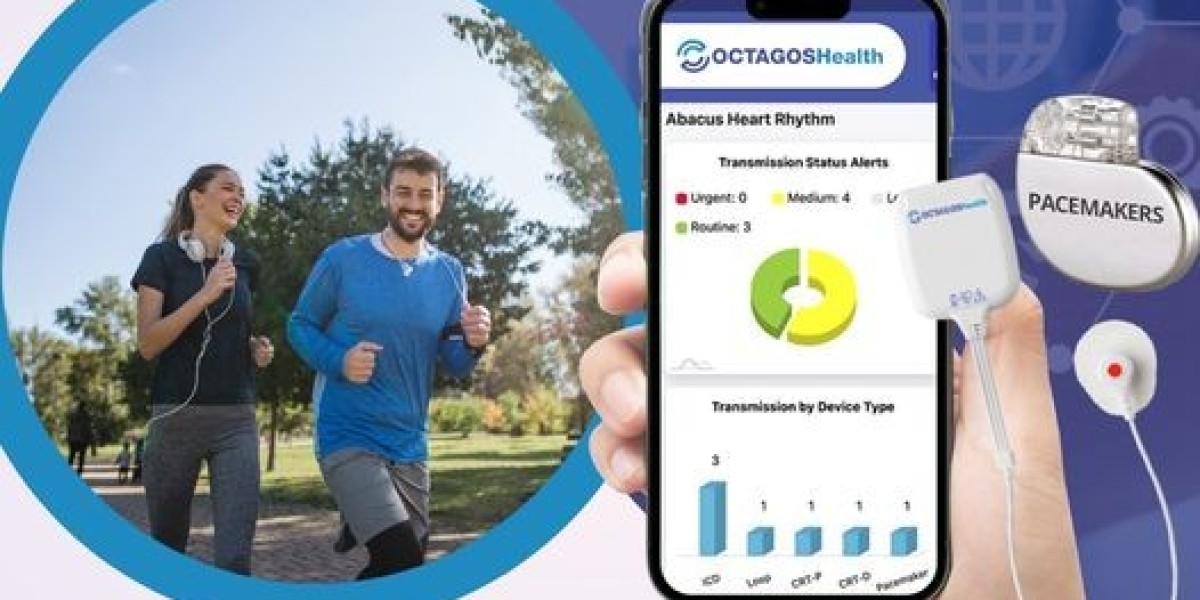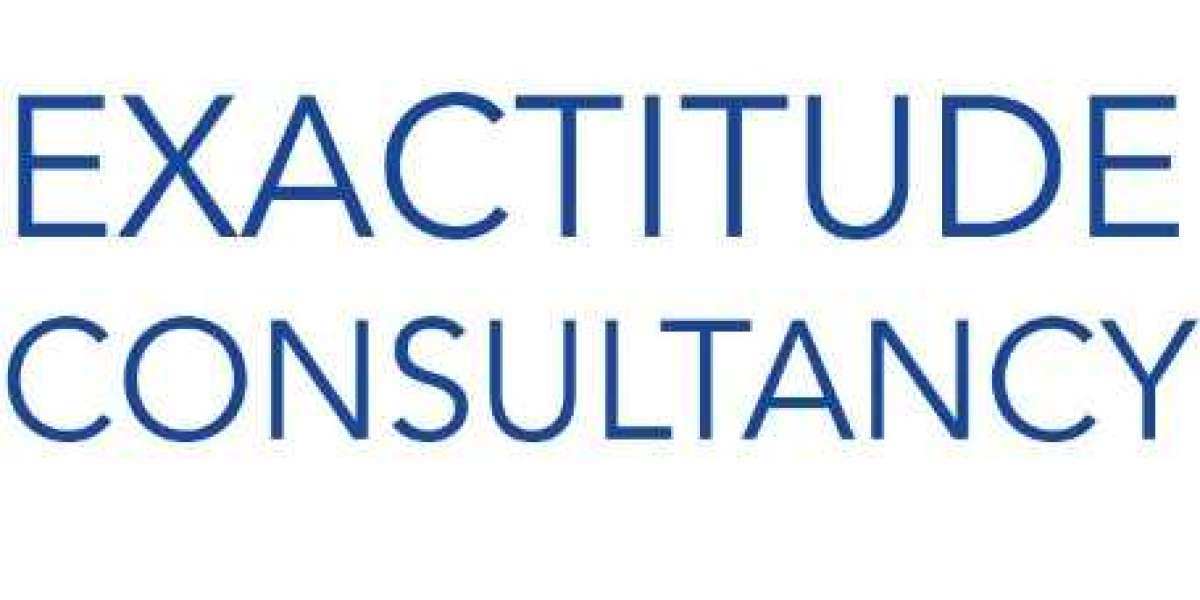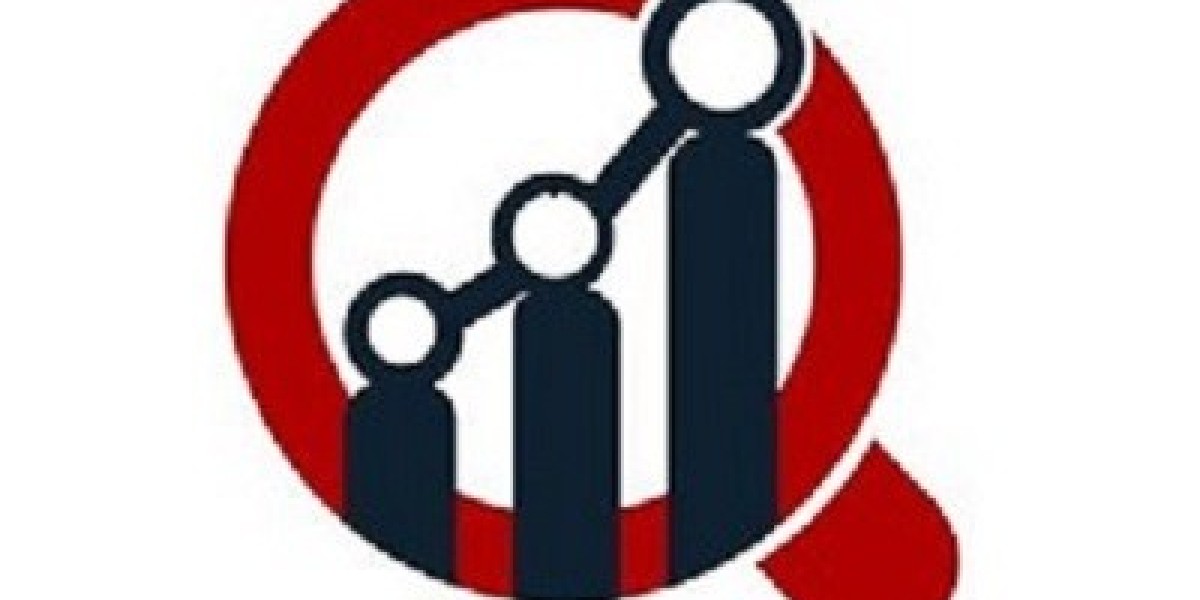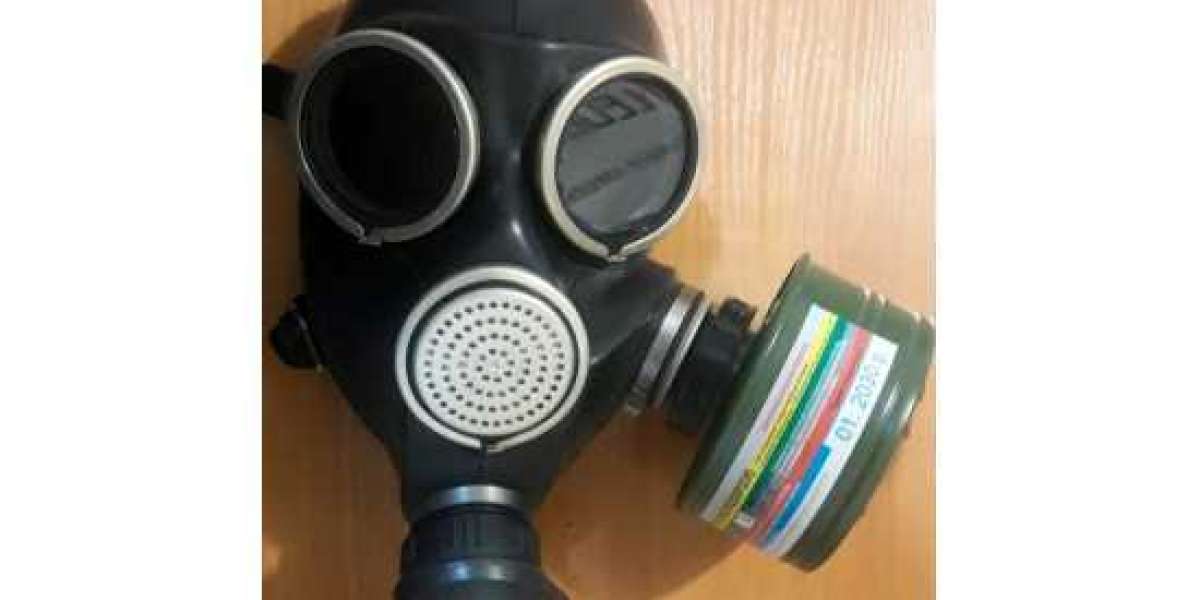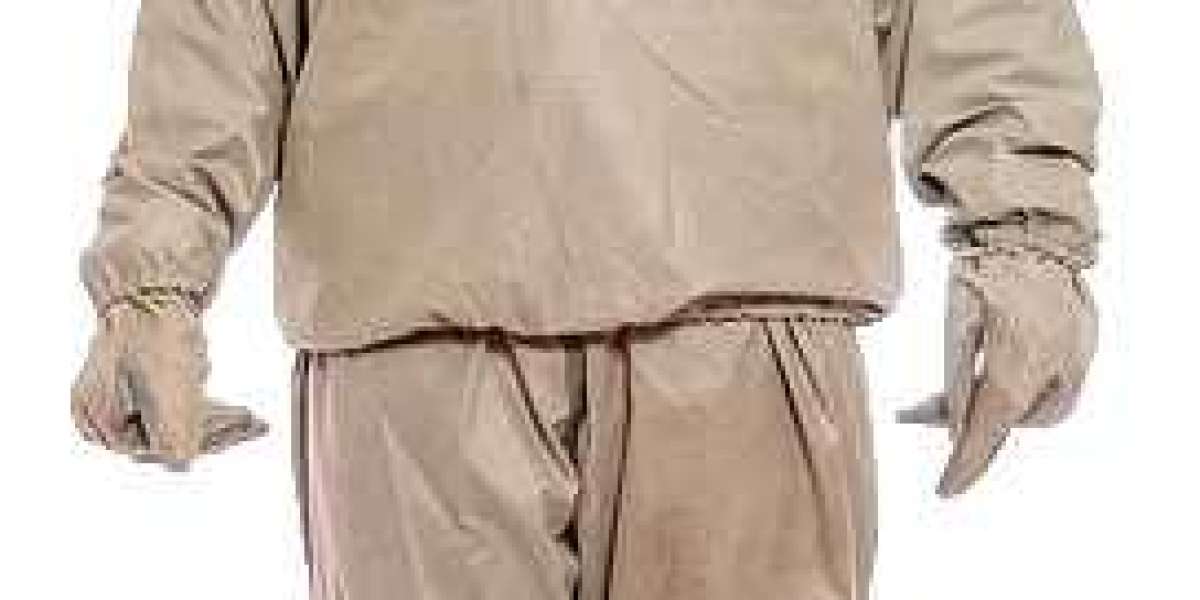Cardiac monitoring is the practice of measuring and interpreting the electrical activity of the heart. It is commonly used in medical settings to diagnose and monitor cardiac irregularities and other heart-related conditions. Remote cardiac monitoring is a relatively new technology that has revolutionized cardiac care. This technology is used to monitor patients remotely, allowing physicians to keep track of their patients health without the need for in-person visits.
Cardiac Telemetry
Cardiac telemetry is a type ofremote cardiac monitoring. It involves the use of electrodes that are attached to the patients body to measure the electrical activity of the heart. The electrodes transmit the data to a monitor, which can be located either in a hospital setting or in the patients home. The data is then interpreted by a cardiologist.
Cardiac telemetry is commonly used to diagnose and monitor patients with irregular heart rhythms, such as atrial fibrillation and ventricular tachycardia. It can also be used to monitor patients with implanted pacemakers and other cardiac devices. In some cases, cardiac telemetry can detect signs of a heart attack before it occurs, allowing for timely and effective treatment.
Remote Cardiac Monitoring
Remote cardiac monitoring is a technology that allows physicians to monitor their patients from a distance. The technology is used to monitor patients with a variety of heart-related conditions, including atrial fibrillation, ventricular tachycardia, and arrhythmias. 1930
Remote cardiac monitoring systems consist of a monitor and a variety of sensors and electrodes. The sensors and electrodes are attached to the patients body and measure the electrical activity of the heart. The data is then transmitted to the monitor, which can be located either in a hospital setting or in the patients home. The data is then interpreted by a cardiologist or other medical professional.
The main advantage of remote cardiac monitoring is that it allows physicians to monitor their patients without the need for in-person visits. This can be especially useful for patients who have difficulty traveling to the hospital or those who live in remote areas. It also allows physicians to keep track of their patients health without having to be in the same room.
